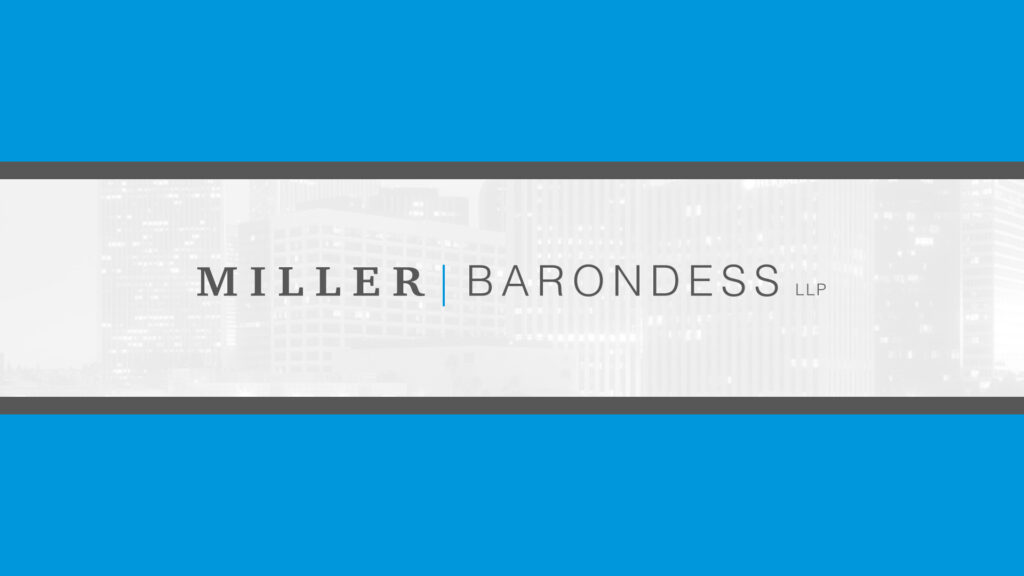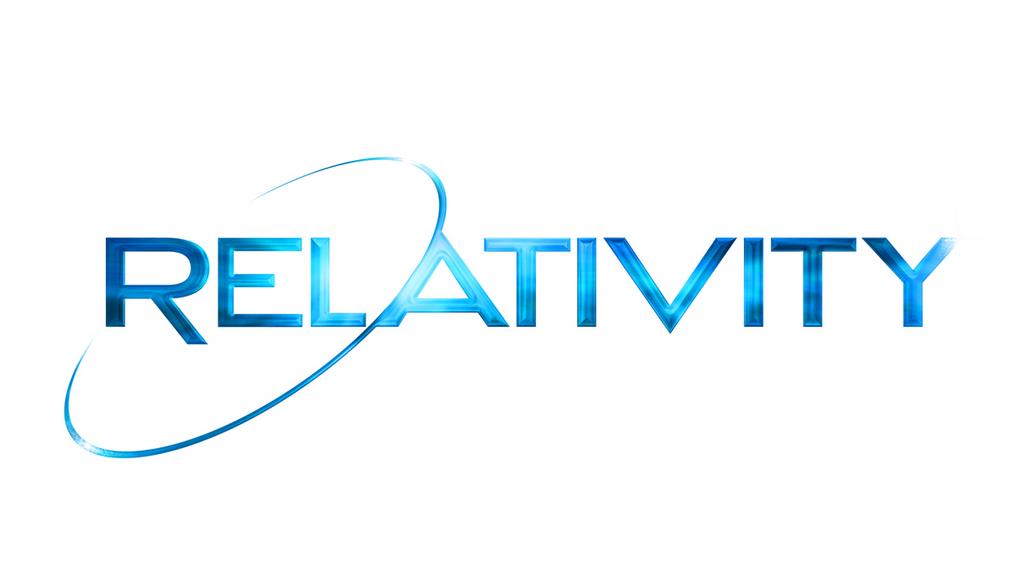1033 vs 1031 Exchange: What Property Owners Must Understand
1033 vs. 1031 Exchange: A Quick Guide to the Crucial Distinction for Property Owners
While both provisions help defer taxes by reinvesting in new property, they serve very different purposes. Understanding this distinction is key to preserving and growing wealth.
Learn the key differences between voluntary and involuntary property exchanges—and how each affects your tax strategy, timing, and wealth preservation.

Here’s what you need to know about each:
1031 Exchange: Voluntary Sale, Reinvestment
A 1031 exchange, or a “like-kind” exchange, is a tax-deferral strategy used for voluntary real estate transactions. It allows an investor to sell an investment or business property and reinvest the proceeds into a new “like-kind” property, thereby deferring capital gains taxes and depreciation recapture.
- Key Trigger: The property owner makes a conscious decision to sell.
- Property Type: The old and new properties must be “like-kind.” This is a broad term, and generally, any real estate held for investment or business use is considered “like-kind” to other real estate. For example, you can exchange an apartment building for a vacant lot.
- Strict Timelines: This is a crucial rule. The investor has 45 days from the sale of the relinquished property to identify potential replacement properties and 180 days to close on the new property.
- Intermediary Required: You must use a Qualified Intermediary (QI) to hold the funds from the sale. The investor cannot have “constructive receipt” of the money, or the exchange will be disqualified.
- Wealth Preservation Advantage: The primary benefit is the ability to continuously defer taxes, allowing your wealth to compound over time. This is a powerful tool for building a larger real estate portfolio and can be a part of an estate planning strategy, as heirs may receive a stepped-up basis upon inheritance, potentially eliminating the deferred gain.
1033 Exchange: Involuntary Loss Conversion
A 1033 exchange is a tax-deferral provision for involuntary conversions of property. This occurs when a property is destroyed, stolen, condemned, or seized.
- Key Trigger: The property is lost due to an event outside of the owner’s control. Examples include:
- Natural disaster (fire, hurricane, earthquake)
-
- Condemnation or eminent domain
-
- Theft or seizure
- More Flexible Timelines: This is a significant difference. The replacement period is much more lenient, typically two years from the end of the first tax year in which the gain is realized. For condemned property, this period is extended to three years.
- No Intermediary Required: The property owner can take direct receipt of the insurance or condemnation proceeds. You are not required to use a QI.
- Property Type: The replacement property must be “similar or related in service or use,” which can be a more restrictive standard than the “like-kind” rule for 1031 exchanges. However, for real property converted by condemnation, the more flexible “like-kind” standard applies.
- Wealth Preservation Advantage: A 1033 exchange is a “silver lining” in a difficult situation. It allows you to avoid an immediate and often significant tax bill on an unexpected gain, enabling you to reinvest the full proceeds and re-establish your portfolio without a major financial setback. It provides flexibility that is not available under Section 1031, such as the ability to take on more debt to acquire a replacement property.
The Crucial Distinction and Key Takeaway
The primary difference is the reason for the transaction: a 1031 exchange is for a voluntary sale, while a 1033 exchange is for an involuntary conversion or loss.
Understanding this distinction is vital. It dictates the rules you must follow, from timing to the use of an intermediary. Misclassifying an event could lead to a disqualification of the exchange and a large, unexpected tax bill. Always consult with a tax professional to ensure you are complying with the specific rules for your situation.


































































